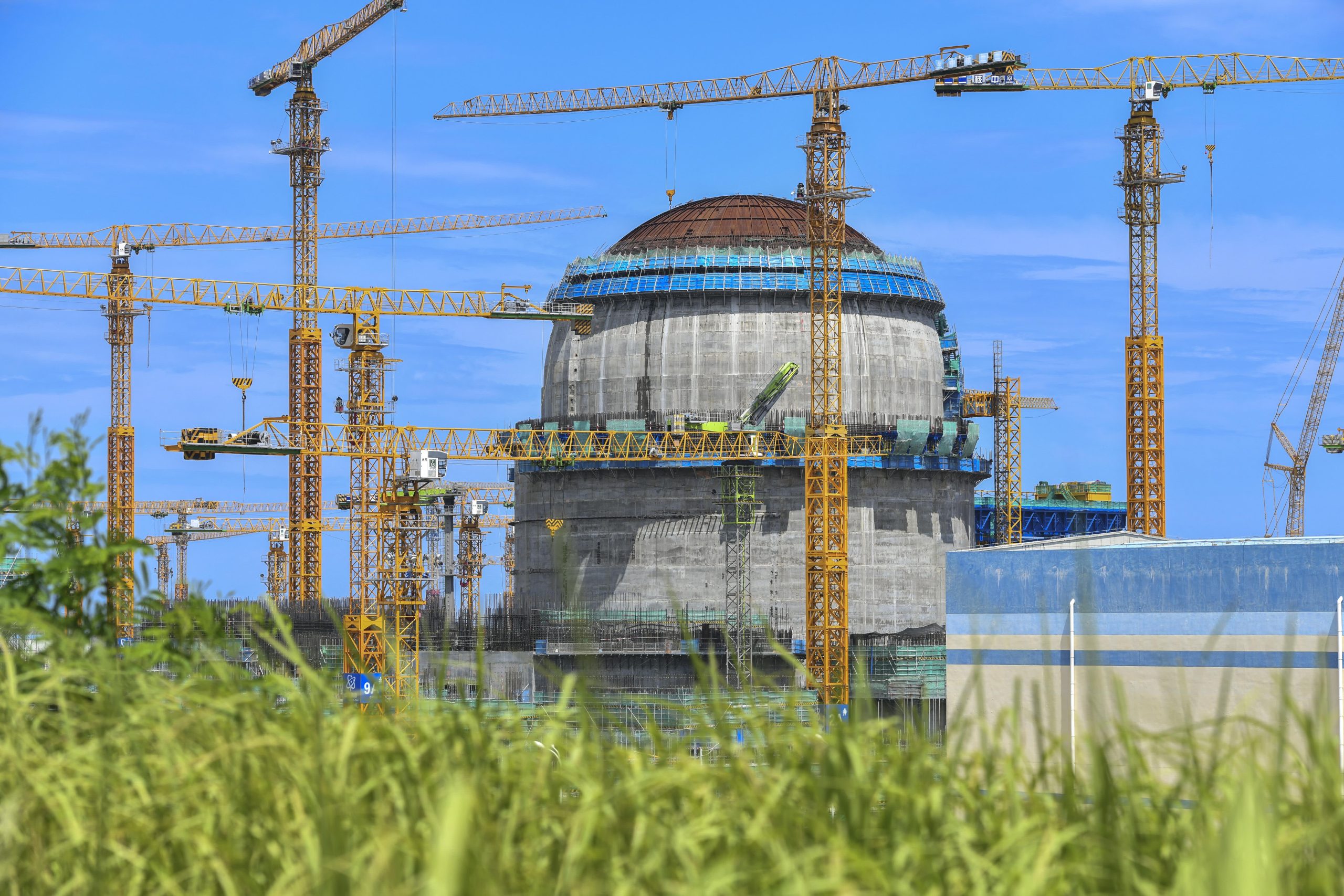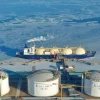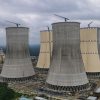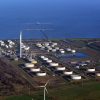A new report by the International Energy Agency (IEA) reveals that nuclear energy investment is experiencing a significant resurgence after years of stagnation. According to the latest World Energy Investment report, nuclear investment has grown by more than 50% over the past five years, with spending on new projects and refurbishments expected to exceed $70 billion.
A Growing Role for Nuclear in the Global Energy Mix
In 2024, over 8 GW of new nuclear capacity reached a Final Investment Decision (FID), signaling a strong revival of the sector despite heightened geopolitical tensions and economic uncertainty.
The IEA estimates that global energy investment will reach $3.3 trillion in 2025. Of this, $2.2 trillion will go toward clean energy sources such as renewables, nuclear, power grids, storage, low-emission fuels, and electrification—twice the amount allocated to fossil fuels like oil, gas, and coal.
Looking ahead, nuclear power could supply more than 25% of global electricity by 2035, up from the current share of around 9%, according to IAEA estimates. However, achieving this goal will require strong government involvement in funding and policy-making for large-scale nuclear projects.
SMRs Attract Big Tech Interest
A key focus of the report is the growing interest from the tech sector in Small Modular Reactors (SMRs). These next-generation nuclear systems are particularly appealing to data centers, which require a stable, round-the-clock power supply.
In the U.S., tech companies have signed agreements with SMR developers for a combined 26 GW of new capacity. The constant power output of nuclear plants—unlike intermittent renewables—makes them a strategic choice for supporting critical infrastructure.
Emerging nuclear developers such as Bill Gates’ TerraPower, X-Energy, and Fervo Energy have benefited from robust domestic capital markets and venture ecosystems, helping them push forward with commercialization.
China, India, and Eurasia Lead the Way
China remains at the forefront of nuclear energy expansion. In 2024, it approved five new nuclear projects that, for the first time, allowed private companies to hold up to 10% equity—a major shift from the traditional state-dominated model. This move signals China’s readiness to leverage private capital alongside public investment to boost its energy security.
In Eurasia, Russia continues to lead in nuclear technology, with 45% of nuclear reactors under construction worldwide based on Russian designs. Uzbekistan signed a deal with Russia’s Rosatom in 2024 to build small-scale nuclear reactors, while Kazakhstan is seeking partnerships with various countries to reduce reliance on Russian tech. Kyrgyzstan is also considering deploying a 110 MW SMR.
India, meanwhile, has committed $245 million to nuclear development for the current fiscal year. The country aims to increase its nuclear capacity from under 10 GW today to 100 GW by 2047, as part of a broader strategy to meet surging electricity demand and diversify its energy mix.
Conclusion
The sharp rise in nuclear investment marks the return of global confidence in this carbon-free, stable energy source. With the emergence of new technologies, increased private-sector participation, and strong government support, nuclear power is poised to become a central pillar of global energy security in the decades ahead.
Let me know if you’d like this in press release format, with sources, or formatted for publishing on a specific platform (e.g. Medium, WordPress, etc.).






